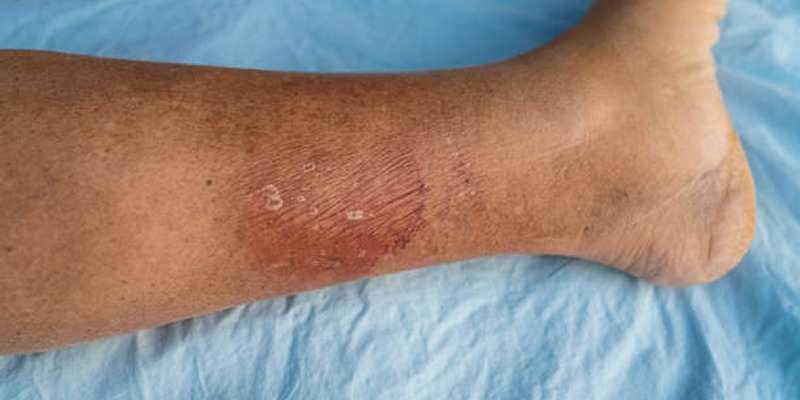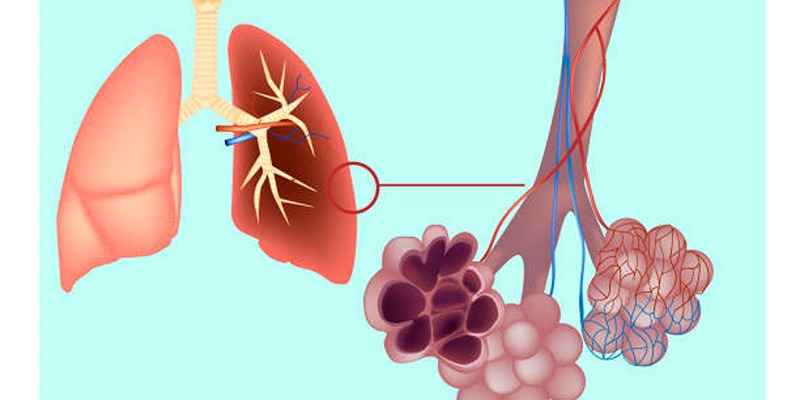Practical Steps for Diagnosing and Treating Angelman Syndrome
Angelman is a rather unusual inherited disease that results in severe disorders affecting the nervous system. It mainly occurs due to mutations in the UBE3A gene, and this gene is very essential in the functioning of the brain. The syndrome is frequently not diagnosed during early infancy because the first signs of the disease can be mistaken for symptoms of other developmental abnormalities. But with early diagnosis as well as early action, there is a lot that could be done to lessen the effects of the condition on the health of the child.
What Is Angelman Syndrome?
 Angelman Syndrome is a genetic neurodevelopment disorder resulting from a deletion or dysfunction of the UBE3A gene in chromosome 15. The condition is usually not hereditary and develops from somatic mutations of genes. The syndrome occurs in one out of every 12,000 to 20,000 people around the globe.
Angelman Syndrome is a genetic neurodevelopment disorder resulting from a deletion or dysfunction of the UBE3A gene in chromosome 15. The condition is usually not hereditary and develops from somatic mutations of genes. The syndrome occurs in one out of every 12,000 to 20,000 people around the globe.
This disorder is associated with developmental impairment, lack of speech, motor dysfunction, and specific pattern of behaviors including frequent laughter and overactivity. However, the condition is always present and while its onset may occur in childhood, intervention can help minimize the presenting symptoms of the condition so that people with this condition can live happy lives with the right support in place.
Recognizing Symptoms of Angelman Syndrome:
Understanding the symptoms of Angelman Syndrome is crucial for early diagnosis. While the severity of symptoms varies among individuals, several key characteristics are consistently observed.
Developmental Delays and Motor Challenges:
One of the first noticeable signs of Angelman Syndrome is developmental delay. Infants may struggle with gross motor skills like sitting up, crawling, or walking at the expected ages. As they grow, these delays become more pronounced, often accompanied by problems with balance and coordination. Children may exhibit a distinctive gait, often likened to a puppet’s movement.
Speech and Communication Barriers:
Angelman Syndrome is marked by severe speech impairments. Many children never develop verbal communication, relying instead on gestures, facial expressions, or augmentative communication devices. Speech therapy plays a vital role in helping them find alternative ways to express themselves.
Behavioral Characteristics and Emotional Traits
Children with Angelman Syndrome are often described as having a “happy” personality. They tend to smile and laugh frequently, displaying an excitable and friendly demeanor. These behaviors can be misleading, masking the significant challenges they face.
Physical and Neurological Traits
Certain physical traits may signal the presence of Angelman Syndrome. These include a flat head at the back (brachycephaly), a wide mouth, and deep-set eyes. Neurological issues like seizures, which commonly begin between ages 2 and 3, are another hallmark feature. Seizures can be severe and require careful management.
Diagnosing Angelman Syndrome
Diagnosis involves a combination of genetic testing, developmental assessments, and clinical observation. Early and accurate diagnosis ensures that appropriate interventions can be implemented.
Genetic Testing for Confirmation
Genetic testing is the most definitive way to diagnose Angelman Syndrome. Tests such as DNA methylation analysis and fluorescence in situ hybridization (FISH) can detect deletions or abnormalities in the UBE3A gene. These tests also rule out other genetic conditions with overlapping symptoms.
Developmental and Behavioral Assessments
Pediatricians and specialists often conduct developmental assessments to evaluate motor and cognitive delays. Observing the child’s behavior, particularly their lack of speech and distinctive happy demeanor, can provide important diagnostic clues.
Electroencephalogram (EEG) for Seizure Monitoring
Seizures are common in Angelman Syndrome, and an EEG can detect abnormal brain activity patterns characteristic of the condition. This tool aids both in diagnosis and in planning treatment for seizure management.
Clinical Observation of Physical Traits
Physical examination may reveal traits associated with Angelman Syndrome, such as distinctive facial features, movement difficulties, and a specific pattern of hand-flapping or jerky movements. These observations complement genetic and developmental findings.
Treating Angelman Syndrome
Although there is no cure for Angelman Syndrome, a combination of therapies and medical interventions can help manage symptoms and improve overall quality of life. The goal of treatment is to enhance physical, emotional, and social well-being.
Physical Therapy for Mobility
Physical therapy is essential for improving coordination, strength, and balance. Exercises tailored to the child’s needs encourage better mobility and reduce the risk of falls. Regular sessions also help with walking and other motor skills, which are often delayed.
Speech Therapy and Communication Tools
Since speech development is severely limited, alternative communication methods are crucial. Speech therapists introduce tools like picture exchange communication systems (PECS) and electronic devices that allow children to express their needs and emotions effectively.
Behavioral Therapy for Adaptive Skills
Behavioral therapy addresses hyperactivity, attention difficulties, and social interactions. Techniques like positive reinforcement and structured routines help children develop adaptive behaviors, enabling them to engage more meaningfully with their environment.
Seizure Management with Medication
Seizures are a significant concern in Angelman Syndrome. Anticonvulsant medications are prescribed to control seizures, and regular monitoring ensures the treatment remains effective. Parents and caregivers are trained to respond to seizures appropriately.
Individualized Educational Support
Children with Angelman Syndrome benefit from tailored educational programs. Schools collaborate with families to create Individualized Education Plans (IEPs) that focus on the child’s unique strengths and challenges. These programs often include specialized instruction and therapeutic services.
Occupational Therapy for Daily Living Skills
Occupational therapy helps children with Angelman Syndrome master essential daily activities such as eating, dressing, and playing. Therapists recommend adaptive equipment and techniques to promote independence.
The Role of Parents and Caregivers
 Parents and caregivers are the cornerstone of a child’s care team. Their involvement and support are crucial in ensuring effective treatment and a nurturing environment.
Parents and caregivers are the cornerstone of a child’s care team. Their involvement and support are crucial in ensuring effective treatment and a nurturing environment.
Building a Supportive Routine
Consistency in daily routines provides a sense of security and reduces anxiety. Structured schedules help children with Angelman Syndrome adapt to their environment and establish predictable patterns.
Fostering a Positive Environment
Parents can encourage progress by celebrating small achievements. A positive and patient approach boosts the child’s confidence and motivation to learn new skills.
Staying Informed and Connected
Accessing resources such as support groups and educational materials empowers parents to advocate effectively for their child. Networking with other families facing similar challenges provides valuable emotional and practical support.
Advances in Research and Future Outlook
Research into Angelman Syndrome is advancing rapidly, offering hope for improved treatments. Gene therapy is a promising area of study, aiming to restore the function of the UBE3A gene. Scientists are also exploring innovative medications to address neurological symptoms more effectively.
Clinical trials continue to shed light on potential therapies, and families are encouraged to participate where appropriate. These developments underscore the importance of ongoing advocacy and awareness efforts to support research initiatives.
Conclusion
Angelman Syndrome is a challenging condition, but early diagnosis and a comprehensive care plan can make a significant difference. By understanding the symptoms and accessing appropriate therapies, families can help their children achieve their full potential. Collaboration among parents, healthcare providers, and educators ensures that individuals with Angelman Syndrome receive the support they need to thrive. With advancements in research and growing awareness, the future for those affected by Angelman Syndrome looks increasingly hopeful.












